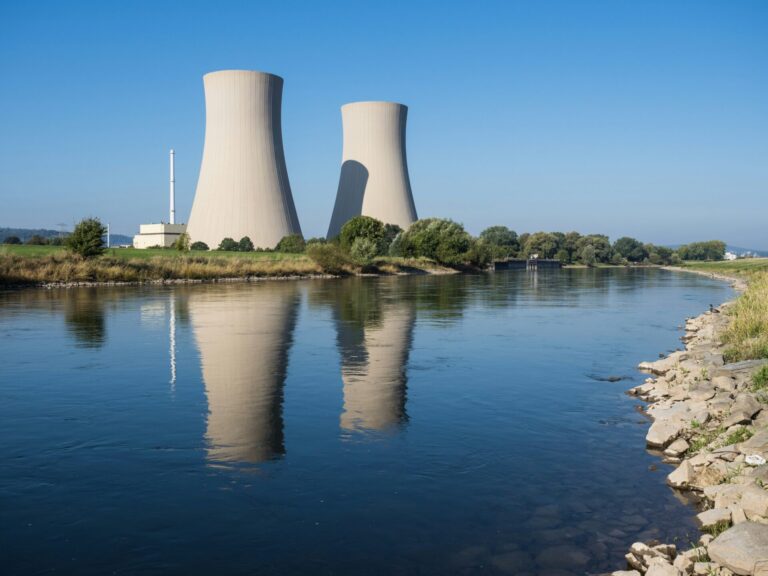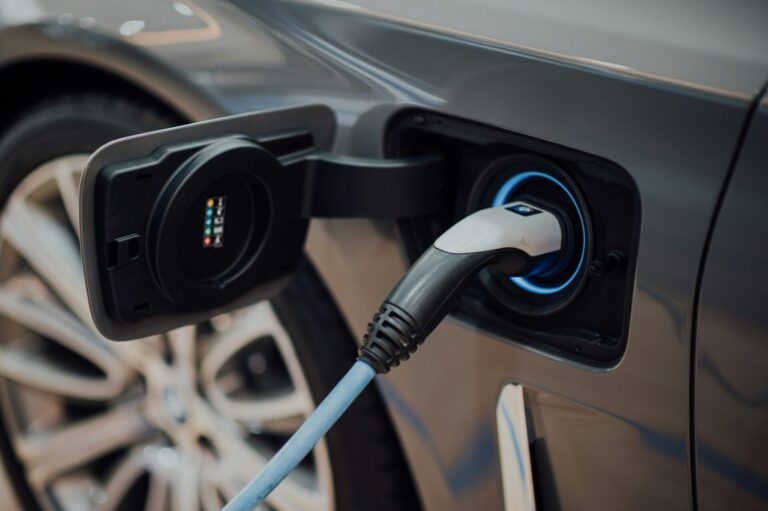The UK has achieved a major milestone in its journey towards a low-carbon energy future! At Brigg Energy Park in North Lincolnshire, the country’s first hydrogen-to-power blending trial has been successfully completed. Led by Centrica in collaboration with hydrogen technology firm HiiROC and the Net Zero Technology Centre, the project showcases how green hydrogen can cut emissions from peak power generation without requiring expensive infrastructure overhauls, which could significantly reshape the energy industry landscape.
Introducing the Brigg Energy Park Hydrogen Trial
For the first time in the UK, a blend of 3% green hydrogen and 97% natural gas was fed into a gas-fired peaker turbine at Brigg Energy Park. The turbine ran for an hour using this blend, supplying cleaner power directly to the national grid. While the hydrogen portion may seem small, it represents a breakthrough in demonstrating how existing power plants can gradually transition to lower-carbon fuels.
How the Technology Works: Thermal Plasma Electrolysis
At the heart of the trial was HiiROC’s Thermal Plasma Electrolysis (TPE) technology. This innovative process produces hydrogen onsite using around one-fifth of the electricity required by traditional electrolysis methods — all without releasing CO₂ emissions at the point of production. Crucially, the hydrogen generated at Brigg met the UK’s Low Carbon Hydrogen Standard, confirming its green credentials. Producing hydrogen locally also reduced the need for long-distance transportation, keeping the project’s carbon footprint even lower.

Why Hydrogen Blending Matters for the UK Grid
Peaker plants like those at Brigg Energy Park play a crucial role in balancing the grid when renewable energy sources dip or when demand surges. Traditionally reliant on natural gas, these plants have been hard to decarbonise. Hydrogen blending offers a practical solution: reducing emissions while maintaining the reliability of existing infrastructure. By using only small modifications, operators can make immediate progress on decarbonisation without the steep costs of new plants.
Emissions Reduction and Energy Security Benefits
This initial trial demonstrated measurable carbon savings at a time when cutting emissions from electricity generation is more urgent than ever. Even a 3% blend helps reduce CO₂ output, and scaling up to 10% or 20% in the future could have a significant cumulative impact. The project also strengthens energy security by proving that low-carbon fuels can be generated onsite and integrated quickly into the grid — an important advantage as the UK transitions away from fossil fuels.
Scaling Up: The Next Steps for Hydrogen-to-Power
The success at Brigg is only the beginning. Future trials will explore higher hydrogen blends, longer-duration runs, and wider applications across the UK’s power network. These next steps will provide crucial insights into turbine performance, material compatibility, safety, and regulatory needs. Meanwhile, the development of hydrogen-ready infrastructure — from turbines to storage — will be key to enabling the next phase of decarbonisation.
A Boost for the UK’s Net Zero Goals
Hydrogen-to-power projects like Brigg support the UK Government’s targets for a cleaner power system by 2030 and net zero emissions by 2050. They also position the country as a leader in green hydrogen innovation, attracting investment, creating jobs, and building supply chains that could give the UK a competitive edge in the global clean energy market.
A Blueprint for the Future of Clean Power
The Brigg Energy Park hydrogen trial is more than a technical demonstration — it’s a blueprint for the future. By showing how green hydrogen can be blended with natural gas in existing plants, the UK is proving that the transition to cleaner power can be both practical and cost-effective. As more projects follow Brigg’s lead, hydrogen blending could become a cornerstone of the nation’s strategy to decarbonise peak power generation and meet its ambitious climate targets.






